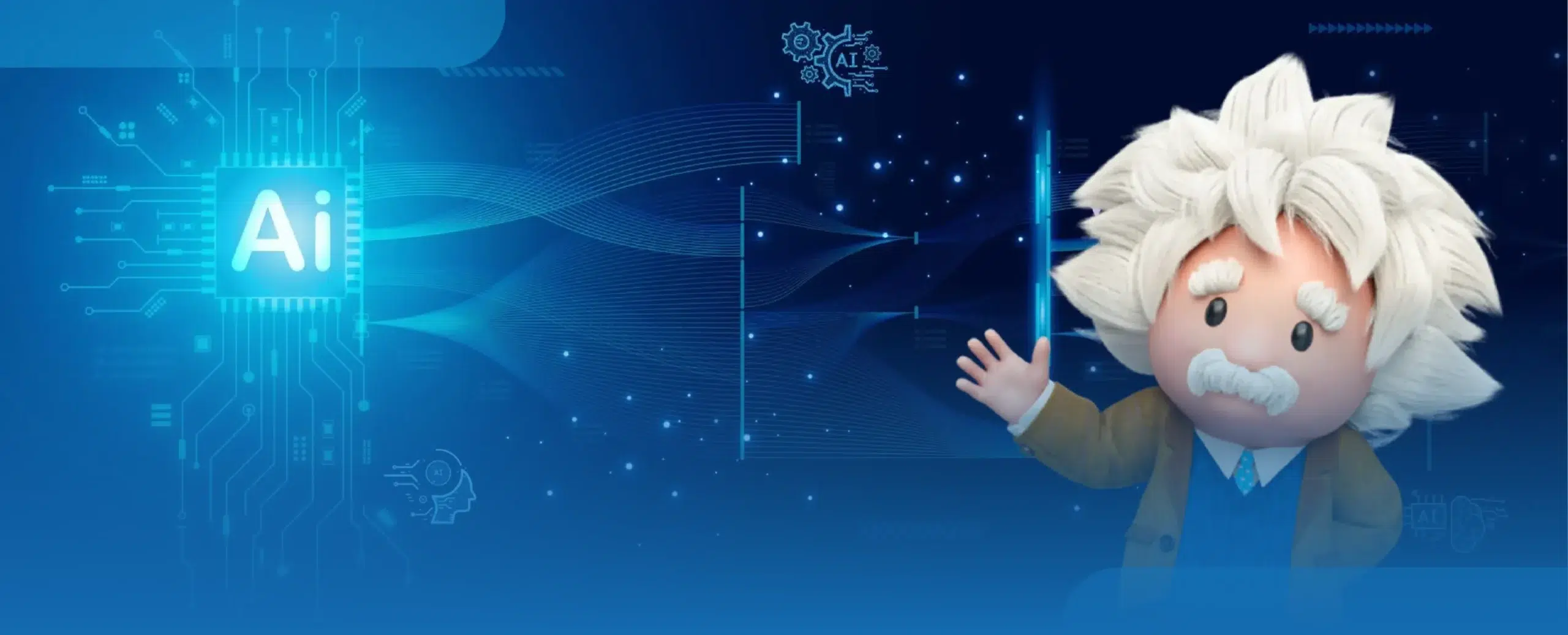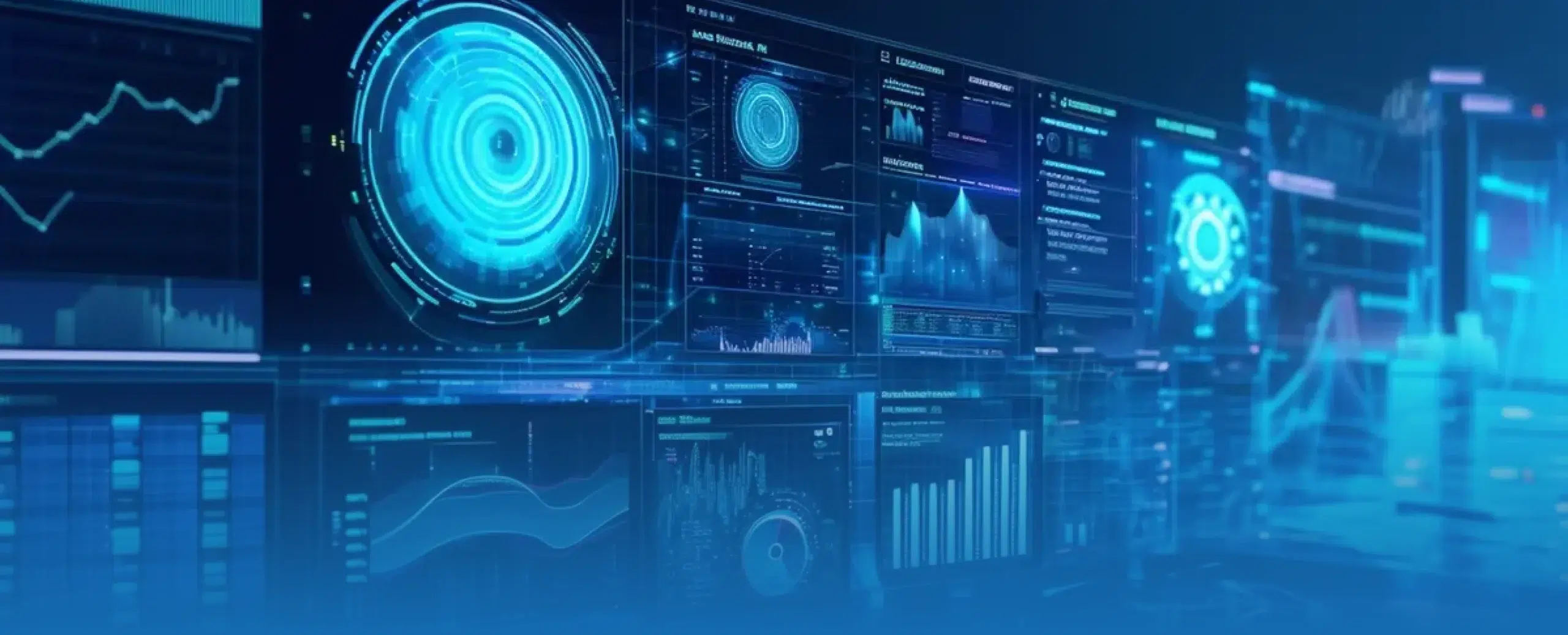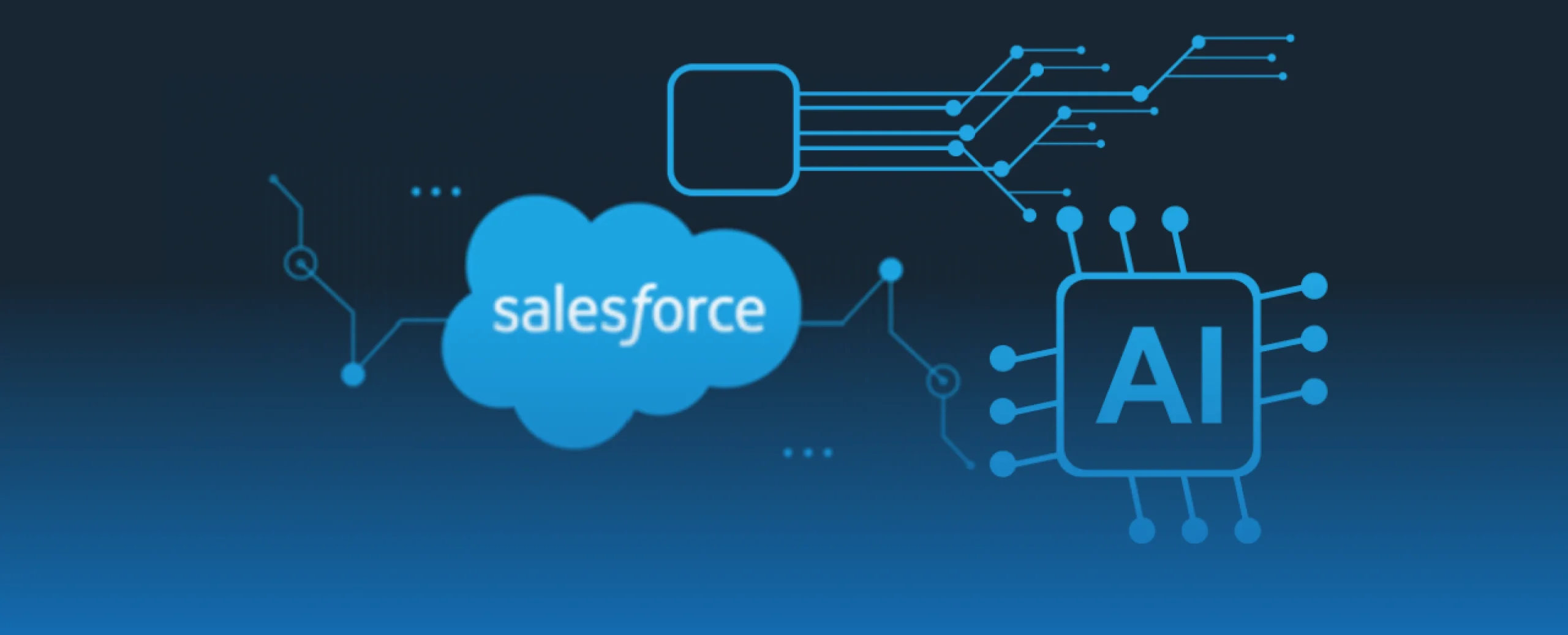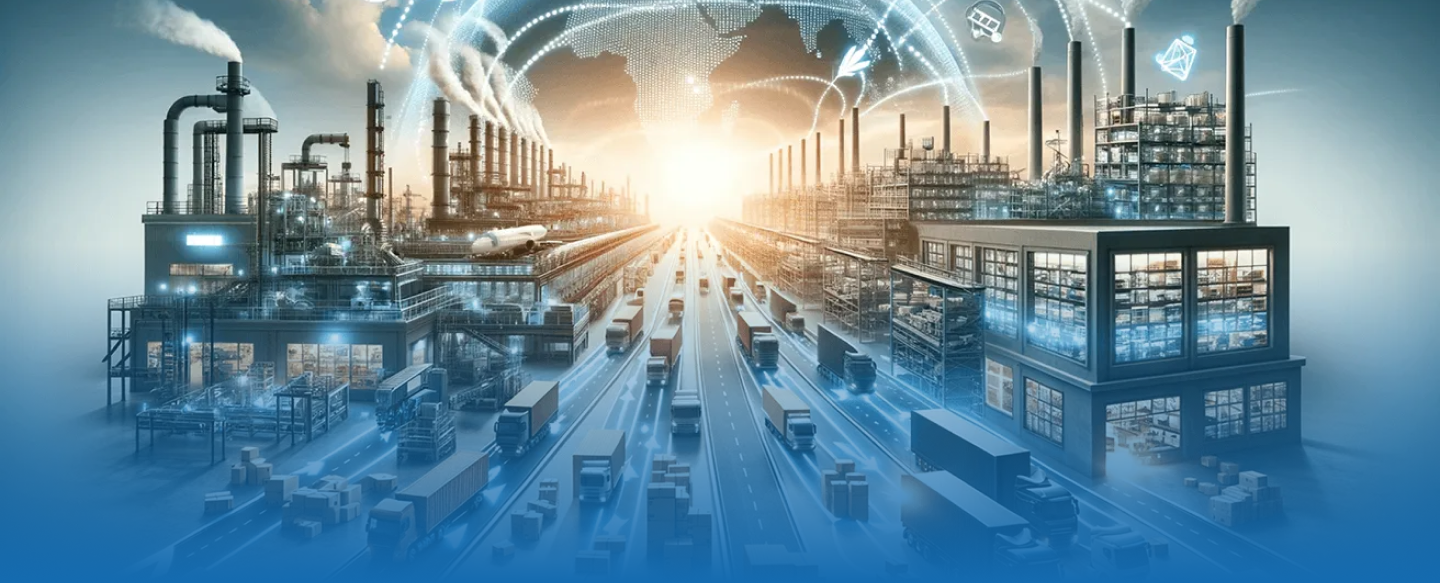
AI for Supply Chain Risk Management
What is Supply Chain Risk?
Supply chain risk is like a potential problem that could happen while making and delivering a product.
Imagine making a sandwich. You need bread, cheese, and tomato. If you can’t find any of these, or if they’re bad quality, you can’t make the sandwich. That’s a supply chain risk.
In real life, companies have much longer and more complicated supply chains. Things like natural disasters, strikes, or even computer problems can disrupt the flow of materials and finished products. It can cause delays, higher costs, or even product shortages.
So, supply chain risk is basically anything that could stop a product from getting to the customer on time and as expected.
Challenges in Traditional Supply Chain Risk Management
Imagine a long chain with many links. That’s your supply chain. Each link is a part of getting your product from the raw material to your customer.
Traditional ways of managing risks in this chain are facing problems:
Limited Information
Companies often don’t have complete data about what’s happening at every link in the chain. This makes it hard to see problems coming.
Slow Reactions
When something unfortunate happens, like a factory closing or a ship getting stuck, it takes a long time to figure out what to do next.
Overlooking Small Problems
People often focus on big, obvious risks and miss the small ones that can add up to big trouble.
Too much Paperwork
Lots of forms and documents make it slow and hard to share information quickly.
Dependency on Guesswork
Decisions are often made based on what happened in the past, not on what might happen in the future.
These challenges make it difficult to protect the supply chain from unexpected problems.
How AI Helps in Supply Chain Risk Management?
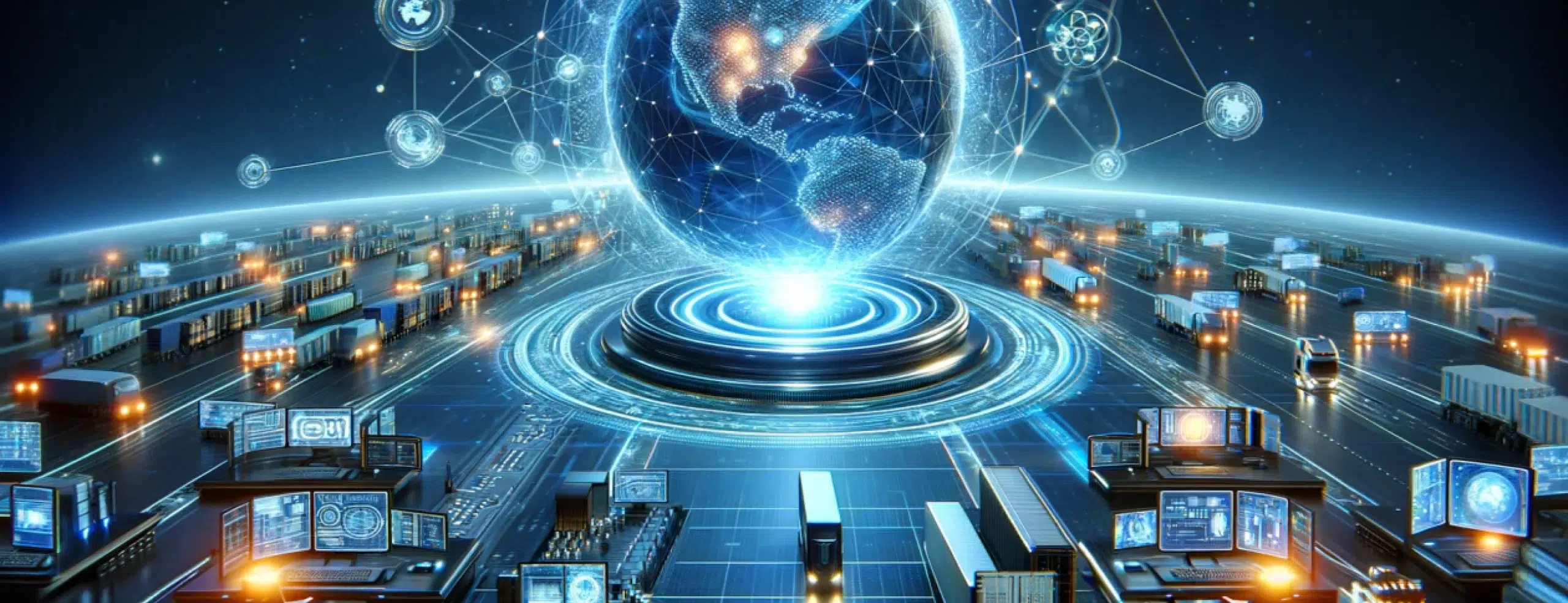
 Predictive Analytics
Predictive Analytics
AI can look at past data and find patterns to predict future risks. For example, it could predict a shortage of a material based on weather patterns or economic trends.
 Real-Time Monitoring
Real-Time Monitoring
AI can constantly watch supply chain data for any changes. If something unusual happens, it can alert people right away.
 Risk Assessment and Prioritization
Risk Assessment and Prioritization
AI can help decide which risks are the most important to focus on. It can do this by looking at the impact of each risk and how likely it is to happen.
 Supply Chain Optimization
Supply Chain Optimization
AI can help make the supply chain more efficient by finding the best ways to move products and materials. This can reduce costs and make the supply chain less vulnerable to disruptions.
Real-World Applications of AI in Supply Chain Risk Management
 Retail
Retail
Retailers use AI to predict how much stuff people will want to buy, so they don’t run out or have too much. They can also use it to figure out when things might be hard to get, like if there’s bad weather or problems in other countries.
 Manufacturing
Manufacturing
Manufacturers use AI to predict equipment failures, plan production schedules, and identify defects early in the process.
 Logistics
Logistics
Logistics providers utilize AI for route optimization, load planning, and real-time tracking of shipments.
 Healthcare
Healthcare
The healthcare industry uses AI to manage the supply chain of medical supplies, for availability during crises and reducing waste.
 Food and Beverage
Food and Beverage
Food and beverage companies utilize AI to monitor food safety, track where the food comes from, and manage supply chain risks associated with perishable goods.
Key Benefits of Using AI for Supply Chain Risk Management
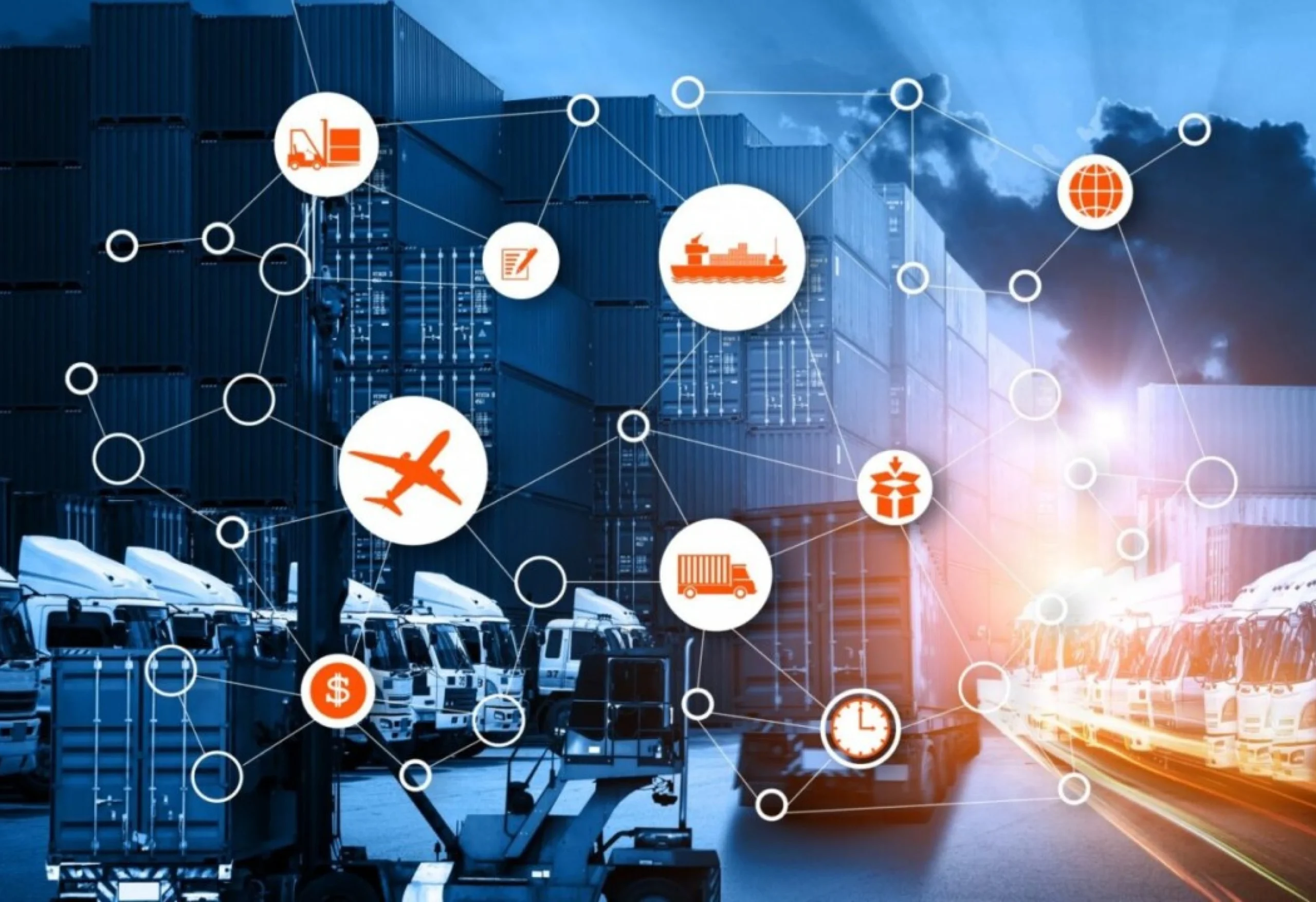
 Predicting Problems before they Happen
Predicting Problems before they Happen
AI can look at past sales, weather patterns, and news about factories to guess when there might be a shortage of a product. This helps you find other ways to get the product before there’s a problem.
 Finding Weak Spots
Finding Weak Spots
AI can check your supply chain for any weak links, like a supplier who is often late or a delivery route that’s always slow. If you fix these problems, it can make your supply chain more effective than before.
 Make Faster Decisions with AI
Make Faster Decisions with AI
When something unexpected happens, like a factory closing, AI can quickly look at all the options and suggest the best solution. This saves time and money.
 Save Money
Save Money
AI can help you avoid costly mistakes by predicting problems and finding ways to work around them. It can also find ways to do things more efficiently, like using less packaging or finding cheaper shipping routes.
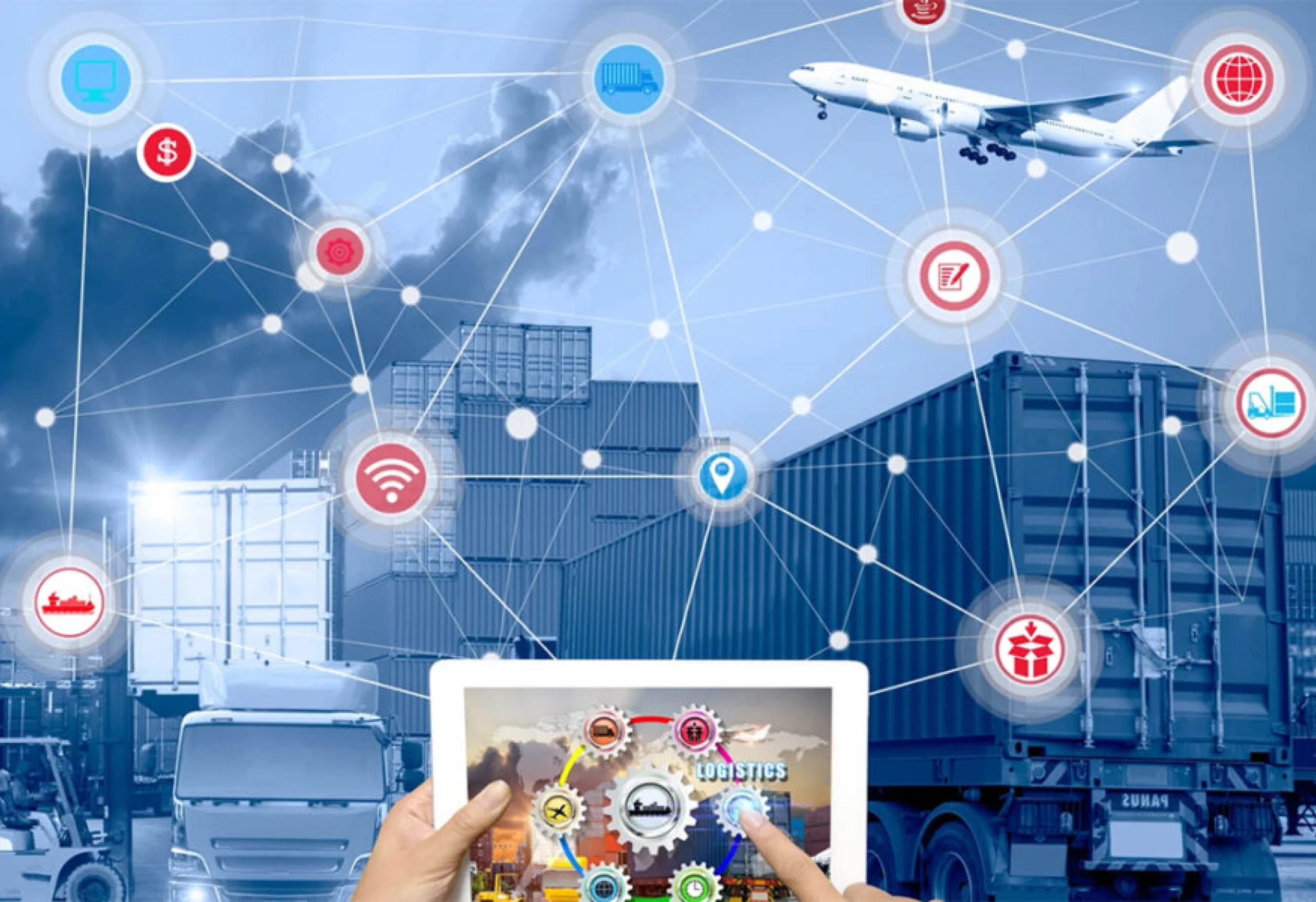

 Improving Customer Satisfaction
Improving Customer Satisfaction
AI helps make sure products are always available when customers want them. This creates a positive customer experience and brings repeat business.
In short, AI is like a friendly assistant that helps businesses keep their supply chains running smoothly, avoid problems, and save money.
Challenges and Considerations
Challenges
 Missing Information
Missing Information
AI needs lots of information to learn and make good decisions. But supply chain data is often incomplete or spread out in different places.
 Unpredictable Problems
Unpredictable Problems
Some risks are hard to see coming, like natural disasters or political problems. AI can’t always predict these.
 Trusting the Machine
Trusting the Machine
People might be worried about letting a computer make important decisions. They need to understand how the AI works and why it makes its choices.
 High Costs
High Costs
Using AI can be expensive. Companies need to spend money on technology, data, and people who know how to use it.
Considerations
 People still Matter
People still Matter
AI is a tool to help people, not replace them. People still need to understand the risks and make final decisions.
 Continuous Learning
Continuous Learning
AI needs to keep learning and getting better over time. The supply chain is always changing, so the AI needs to adapt.
 Testing before Using
Testing before Using
Before using AI to make important decisions, it’s important to test it carefully to make sure it works as expected.
In short, AI can be very helpful in managing supply chain risks, but it’s not a magic solution. Companies need to think carefully about the challenges and use AI wisely.
Future Trends and Opportunities
The integration of AI in supply chain risk management is still in its early stages. The future holds huge potential for innovation and transformation.
 AI Getting Smarter
AI Getting Smarter
Computers are getting really good at understanding and using language, recognizing images, and learning from data. This will help businesses find useful information hidden in their supply chain data.
 Robots and Computers Working Together
Robots and Computers Working Together
Computers and robots will work together to do tasks automatically, which will help reduce mistakes and make things faster.
 Virtual Supply Chain
Virtual Supply Chain
Businesses will create computer models of their supply chains to test different things and find ways to improve.
 Faster Decisions
Faster Decisions
Information will be processed quickly right where it’s happening, so businesses can make decisions faster.
 Trust and Transparency
Trust and Transparency
Blockchain technology will make supply chains more honest and reliable, and help stop fake products.
 Predict and Fix Problems
Predict and Fix Problems
AI will not only tell us what might go wrong in the supply chain but also suggest the best ways to fix it.
 Smart Delivery
Smart Delivery
Self-driving trucks, drones, and robots will make moving things faster and easier.
 Measure Risk Better
Measure Risk Better
AI will help us understand how risky the supply chain is, so we can protect ourselves better.
 Work Together Better
Work Together Better
AI will help companies share information and work together to manage risks.
 New Ways to Make Money
New Ways to Make Money
AI will open up new business ideas, like renting out supply chain services or advising companies on managing risk.
Hence, companies can build more resilient, efficient, and sustainable supply chains by adapting these trends and opportunities.
Related Post
-
F
-
A
-
Q
AI is like a smart helper that can understand and learn from information. It can help you find problems in your supply chain before they become big issues. AI can look at lots of data and predict what might happen in the future.
AI looks at all the information about your supply chain, like where your stuff comes from, how it's moved, and who's involved. It can spot unusual things or patterns that might signal a problem. For example, it could notice if a supplier is taking longer to deliver than usual, or if there's a chance of a storm that could disrupt shipping.
Yes, AI can use past data to guess what might happen in the future. It can help you plan ahead and be ready for things like product shortages or price changes.
No, AI is a tool to help people make better decisions. People are still important for thinking creatively and solving complex problems.
AI is safe when used correctly. It's important to make sure the data you give AI is accurate and complete.
The cost of AI depends on the size and complexity of your supply chain. There are different types of AI tools available, so you can choose one that fits your budget.
There are many AI tools and services available. We can help you choose the right solution for your business. You can schedule a free consultation call here SCHEDULE A CALL
Want to Scale
Your Business? Let’s Meet & Discuss!

CANADA
30 Eglinton Ave W Mississauga, Ontario L5R 3E7

INDIA
3rd floor Purusharth Plaza, Amin Marg, Rajkot, Gujarat. 360002
Get a Quote Now
Let's delve into a thorough understanding of your challenges and explore potential solutions together
 Predictive Analytics
Predictive Analytics